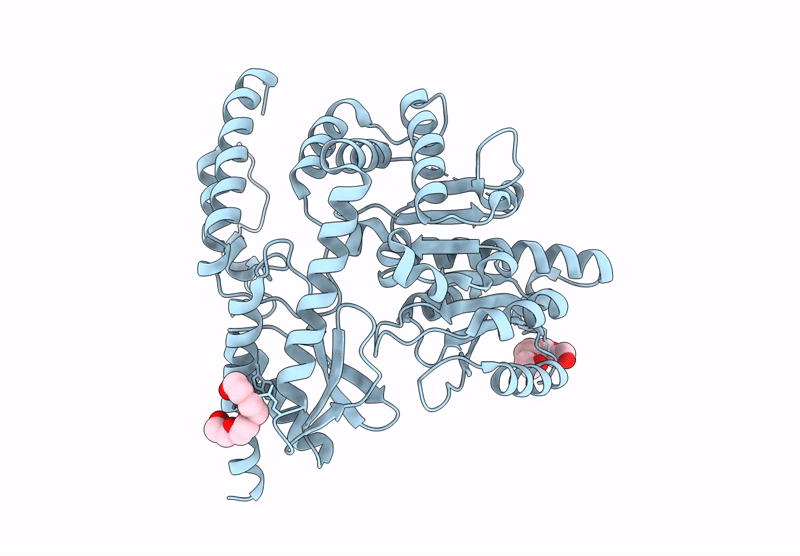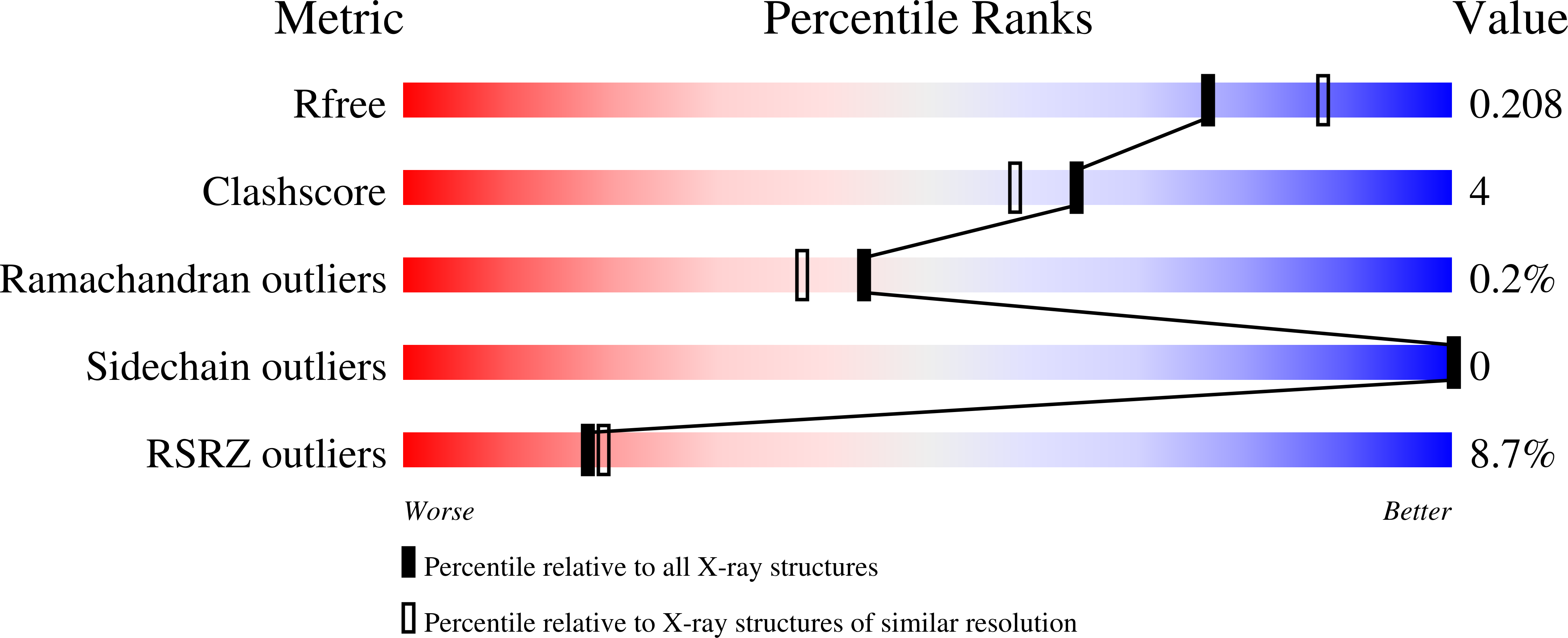
Deposition Date
2024-12-18
Release Date
2025-05-14
Last Version Date
2025-10-01
Entry Detail
PDB ID:
9HRI
Keywords:
Title:
Human holo aromatic L-amino acid decarboxylase (AADC) L353P variant native structure
Biological Source:
Source Organism:
Homo sapiens (Taxon ID: 9606)
Host Organism:
Method Details:
Experimental Method:
Resolution:
2.05 Å
R-Value Free:
0.20
R-Value Work:
0.18
R-Value Observed:
0.18
Space Group:
P 61 2 2


